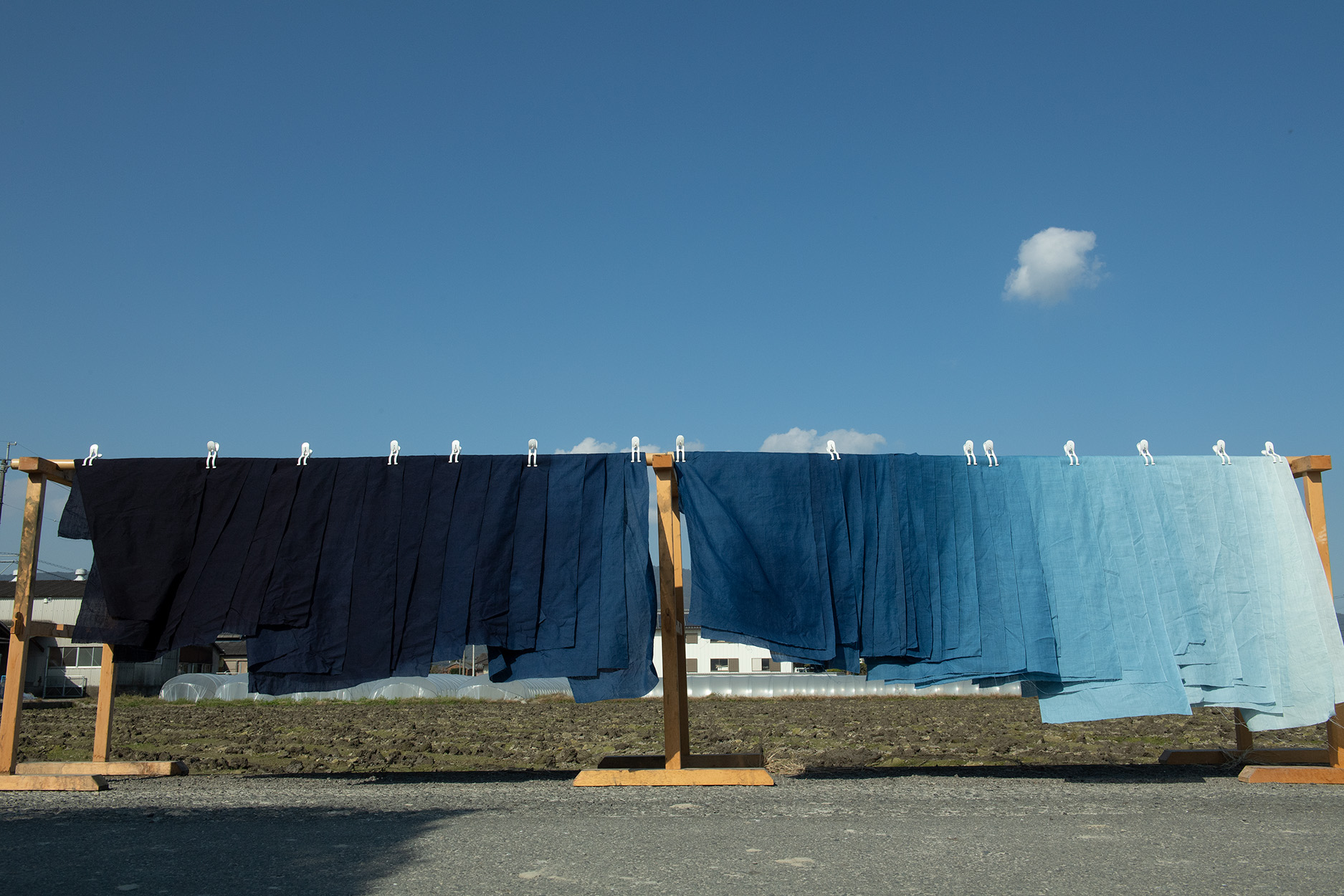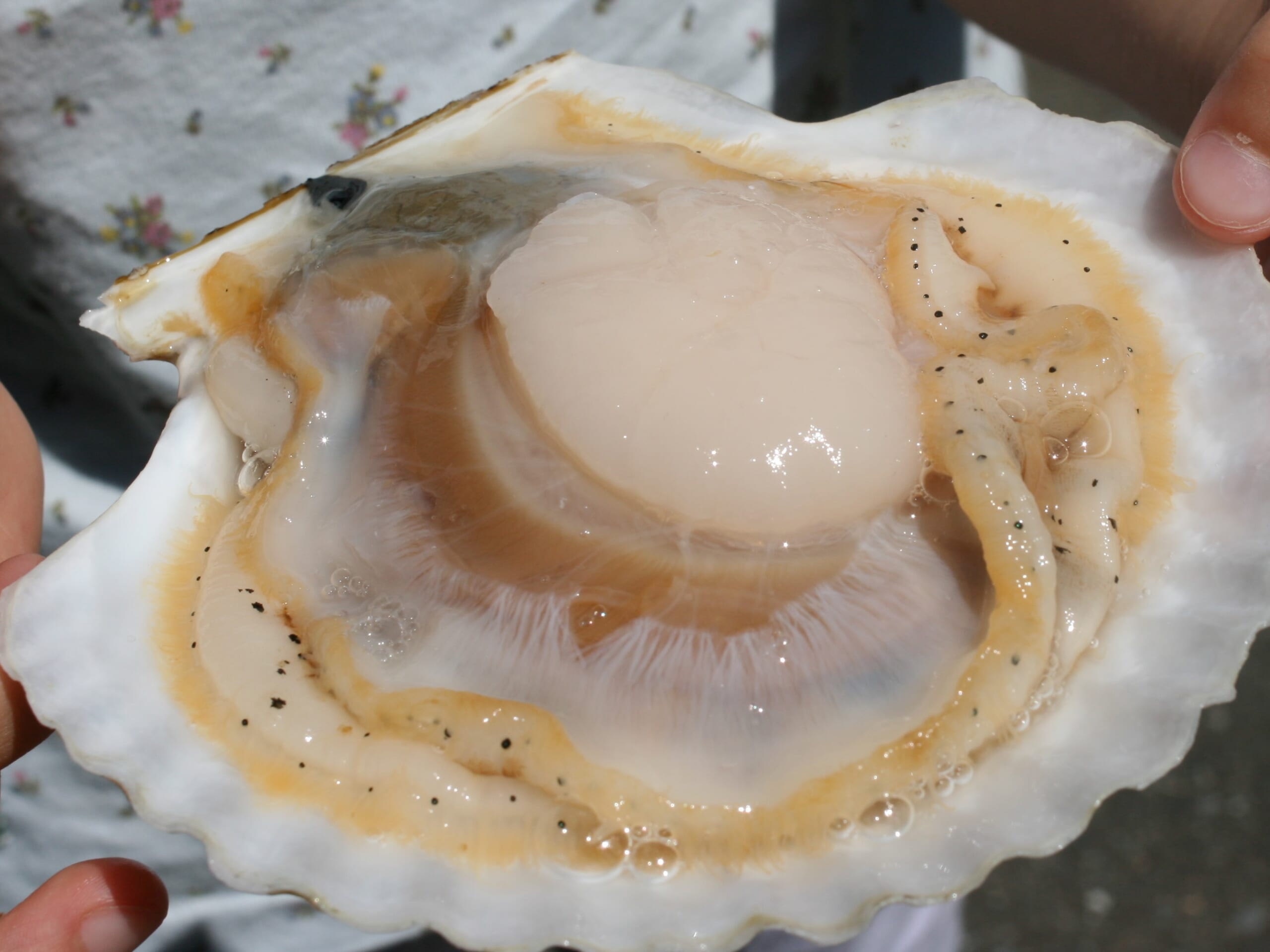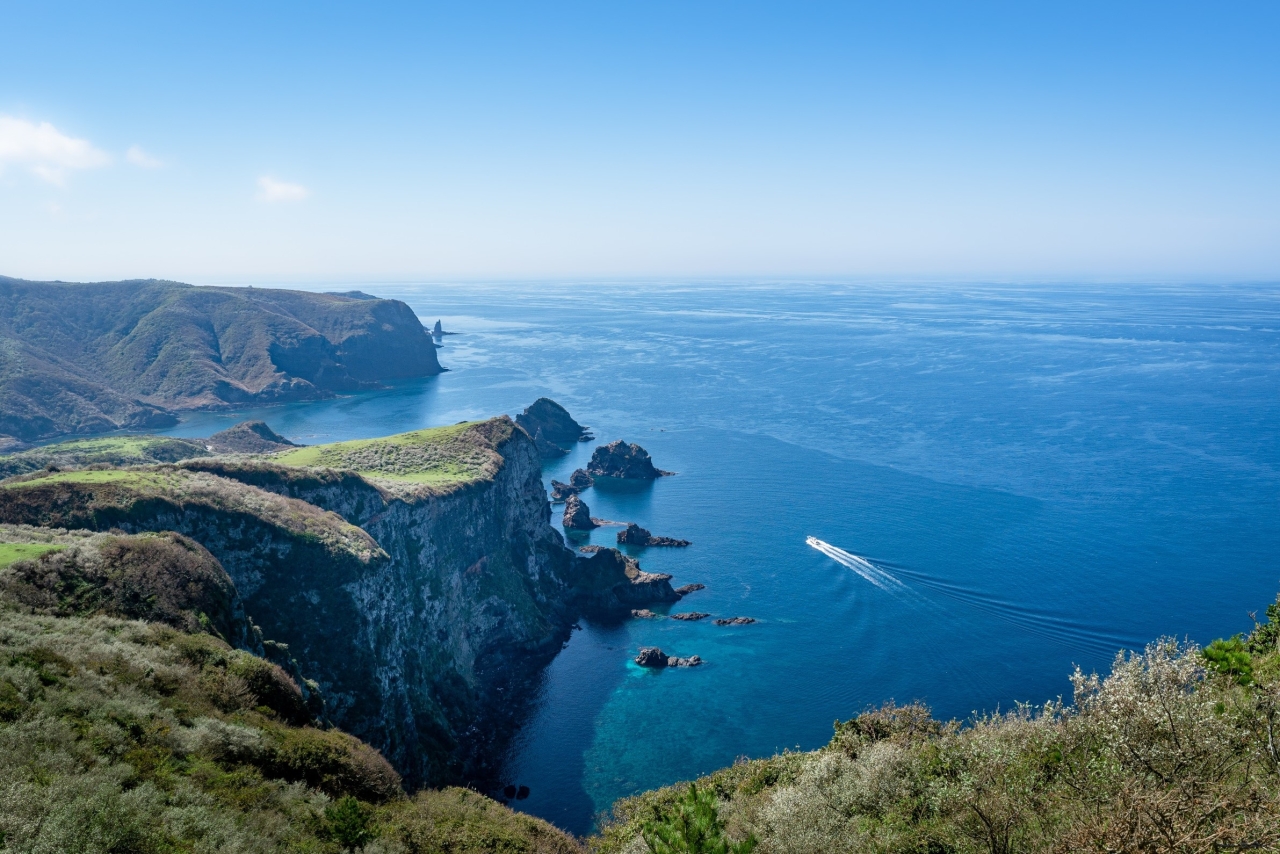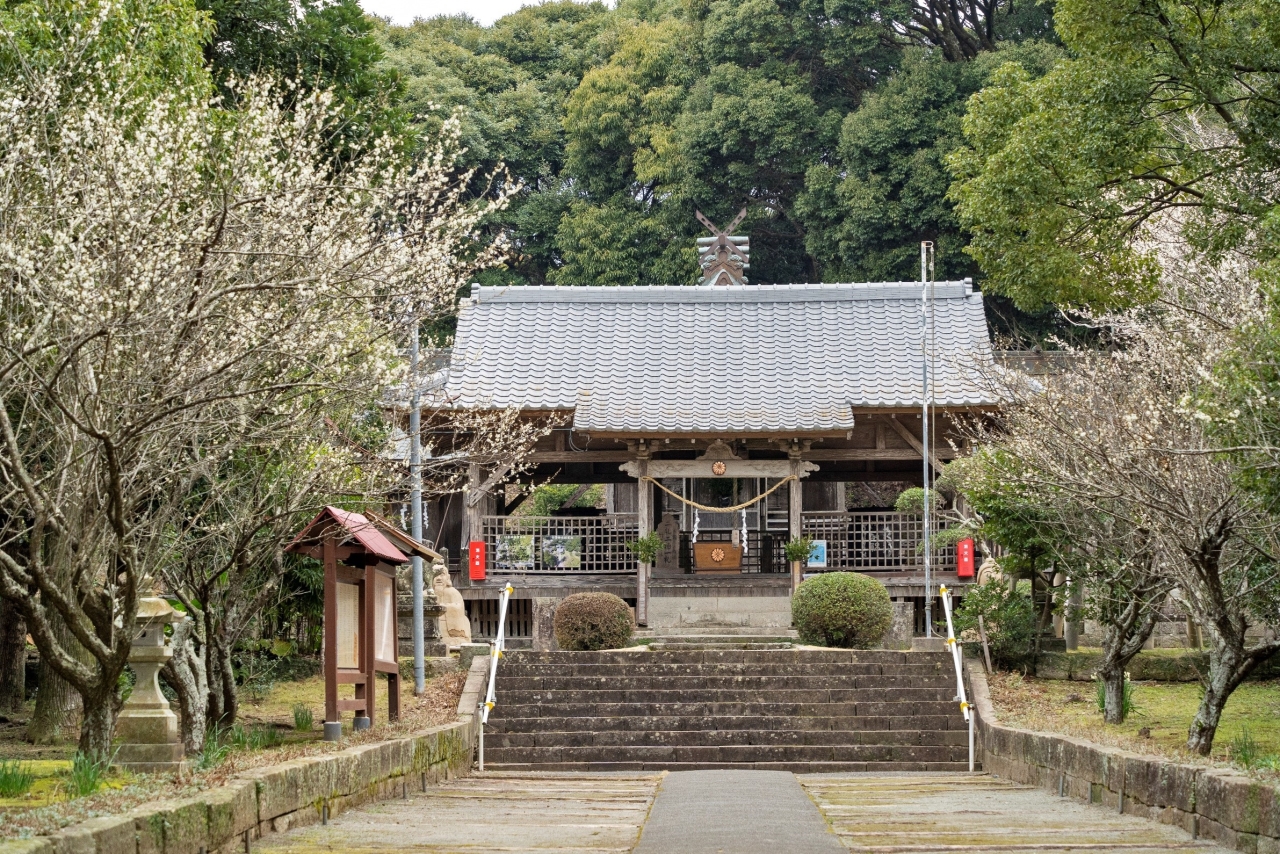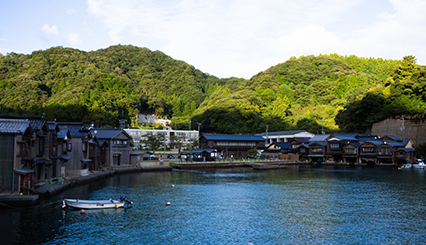
Lifestyles in Close Proximity to the Sea.An Area that Brings Together Sustainable Development and Unique Attractions—Ine Town
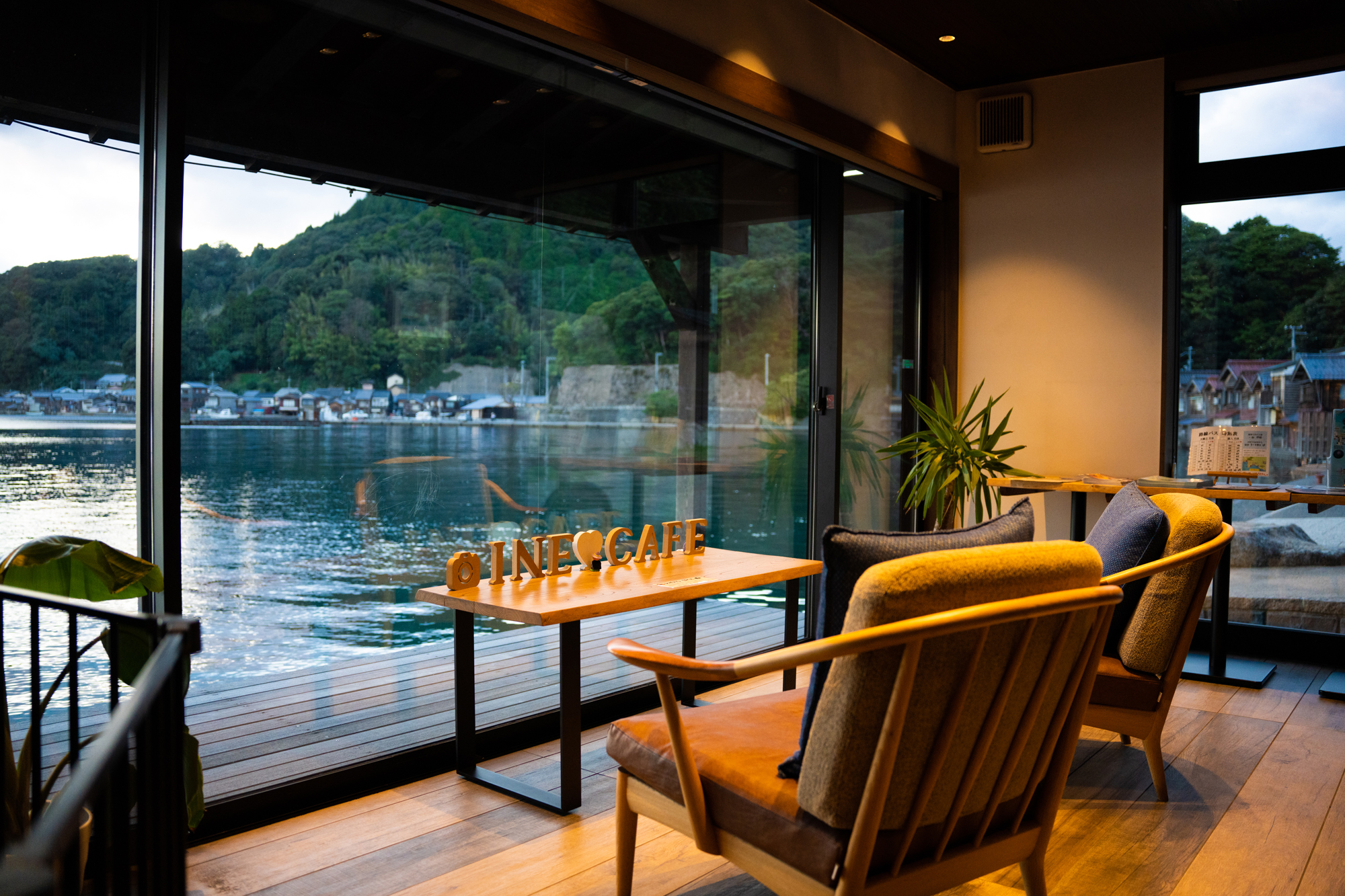
Kyoto Yosa-gun Ine-cho
Creating New Local Ine Brands by Each Person Living There while Protecting the Unique Funaya Landscape and Lifestyle
Ine Town, located in the northern part of Kyoto Prefecture, is known for its funaya, or wooden boathouses. One of the most scenic spots in Japan, the town is frequently used as a filming location for movies and TV dramas. Visitors to Ine Town can experience what it is like to live closer to the sea than anywhere else in Japan. The sea and the fish within it could not be any closer. What is the best way to communicate the unique charms of Ine Town to the wider world? Today, the ideas of Ine locals are gradually taking shape. Be it initiatives to promote the area’s unique seasonal delights, including early summer oysters, autumn squid, and winter yellowtail; accommodation limited to one group per day where guests can fully enjoy being right next to the sea; or new tourism projects to further vitalize the town. Locals are steadily making progress toward the future while balancing the history and nature of Ine Town with entirely new elements.
Chapter.01 Unique Regional Characteristics
Ine Town is located in the northeastern part of the Tango Peninsula facing the Sea of Japan. The area around Ine Bay in the southern part of the town was the first fishing village to be designated among Japan’s Important Preservation Districts for Groups of Traditional Buildings. The stunning natural landscape between the sea and the mountains is also known as “Kyoto by the Sea”.
Perhaps the most characteristic part of Ine Town is its funaya, or wooden boathouses. These houses have a boat garage on the first floor and a living space on the second. There are around 230 of these boathouses across 5 kilometers area around Ine Bay, and the sight of which is a symbol of the area’s coexistence with the sea. Ine Fishing Port brings in a wide range of fresh fish in every season, such as yellowtail, mackerel, horse mackerel, and sardines.
The town is by no means a sightseeing hotspot. Rather, it is a living cultural asset where local people, mainly fishermen, live in peace. It is precisely because the townspeople come together to preserve the nature, history, and landscapes of Ine that it has survived while retaining the charms of old Japan.
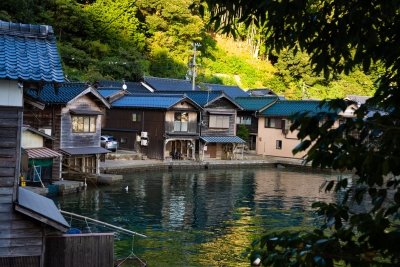
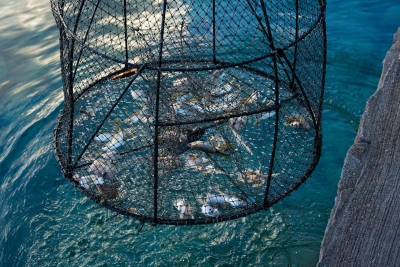
Chapter.02 Pioneering Fish Farming and Creating a Future for the Ine Brand 【Hashimoto Fishery】
Almost only yellowtail farm along the coast of the Sea of Japan is Hashimoto Fishery. Perhaps the company’s most popular branded product is Ine Buri, or Ine yellowtail. “We feed our yellowtail with sardines, mackerel, and horse mackerel, most of which are caught in Wakasa Bay. This is why Ine Buri have an elegant taste with just the right amount of fat,” says Hiromu Hashimoto , president of Hashimoto Fishery.
Hashimoto himself previously worked in hospital administration in Kyoto, but his family have lived in Ine Town since his grandfather’s generation. “When I first started yellowtail farming, people around me told me not to bother as it wasn’t a profitable business. There used to be around ten aquaculture companies here, but they were gradually decreasing in number,” says Hashimoto. That said, he loved the sea around Ine and so boldly determined to take on the challenge. Following much trial and error, Hashimoto succeeded in creating the Ine Buri brand, and today deals with numerous customers across Japan. He goes on, “Ine Buri grow quite slowly and so have to be farmed with love. As a producer, I’m very particular about quality, and I constantly feel a huge sense of responsibility to maintain the brand.”
At the same time, Hashimoto is also farming oysters. As the sea around Ine is so clean, these oysters have a mild flavor without any cloying taste. Every year, around 40,000–50,000 of these oysters are shipped to restaurants, hotels, and other establishments mainly in Tokyo and Osaka. “Thanks to everyone’s support, we receive many requests for our oysters, but as Ine Bay is so small, the quality will drop if we increase the quantity any further,” Hashimoto says.
Hashimoto has also come up with several ideas to promote the deliciousness of Ine’s seafood. “Ine Bay is located inside Wakasa Bay, with the nearby Aoshima Island acting as a windbreak. This means there is minimal impact from the open ocean, resulting in really clean seawater. That’s why the ingredients caught here are so delicious. One idea is to serve customers champagne and seasonal oysters atop a corf on the sea. This would be a fantastic tourism experience,” suggests Hashimoto.
It is clear that Hashimoto loves and knows everything about Ine Bay. His aim is to have visitors taste authentic flavors in season, and achieving this vision will no doubt heighten the appeals of Ine Town even further.
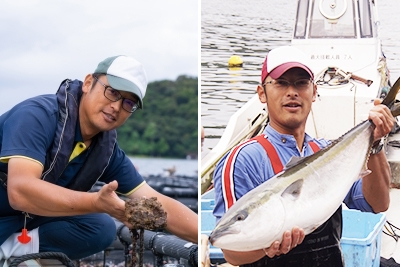

Chapter.03 A “Staying like Living” Guesthouse with Experiencing Sea Fishing and Playing on the Seashore 【Funaya Guesthouse Kagiya】
Kagiya is a funaya guesthouse in a century-old building that was renovated 15 years ago. Limited to just one group of up to six guests a day, Kagiya is a guesthouse that offers a hands-on fishing experience. The guesthouse has become so popular that visitors come repeatedly throughout the year, depending on the time of year for the seasonal fish they want to eat.
Owner and manager Kengo Kagi is a native of Ine Town. After working part-time at a Western-style restaurant, Kagi trained at a fish shop specializing in blowfish and pike conger restaurant at Nishiki Market, as well as a restaurant specializing only in blowfish, to obtain a blowfish cooking license. He also studied Japanese cuisine at a ryokan. He married at the age of 23, opened his own restaurant in his wife’s hometown in Ibaraki Prefecture, and ran it for 14 years before returning to Ine Town.
“In 2007, Ine was a place that tourists would simply pass by. At the time, the number of funaya guesthouses in business had fallen to around two because of the aging population, and I was asked by the local chamber of commerce to manage a guesthouse,” says Kagi.
Kagi had always loved his hometown and fishing. Initially, the plan was to operate a restaurant where guests could fish from a fishing boat and have meals, but after discussions with the chamber of commerce, he came up with a new type of guesthouse where guests could experience life in a fishery.
The concept is a guesthouse where guests feel as if they are coming back to see their nephews and nieces. Rather than a guest and the owner, the idea was to enable guests to relax as though they were at a relative’s house. Guests can now join Kagi on a pleasure boat; fishing for squid, horse mackerel, sweet sea bream and seabass; and playing on the nearby shores. Thanks to these unique appeals, Kagiya continues to grow in popularity. Further, the ingredients used at Kagiya are all freshly caught in Ine Town, and no frozen produce are used. Kagi’s son is a bartender, and his aperitifs and cocktails have added a new charm to the experience.
“During the twenty years I lived away from Ine, I fished in various places. In doing so, I realized that there aren’t many clean seas of the same scale as Ine Bay that are free of factories and rivers. I’m convinced that guests will fall in love with the town if they experience fishing, playing on the seashore, and fresh, delicious fish. Sometimes I find myself enjoyfishing more than our guests!” says Kagi.
Kagi’s current vision is to create a guesthouse —equipped with a shared kitchen with professional equipment—, so that he can enjoy cooking ingredients from Ine Town with chefs he has met to date. From here, his aim is to communicate Ine Town’s abundant food products to the rest of the world. These ingredients include traditional Kyoto vegetables, organic vegetables, and delicious rice that has been presented to the Imperial Household.
“If I work hard and the number of guesthouses in the area increases, the demand for ingredients will grow, and more young people will consider fishing and farming as attractive career choice. If the number of such stunning funaya, delicious local ingredients and people fell in love with Ine, this is what would make us most happy. The first thing to do is to make sure that I enjoy and have fun in my own role,” says Kagi.
For visitors to Ine Town, you will surely feel their great love and positive energy for the area just by meeting Kagi and his wife.。
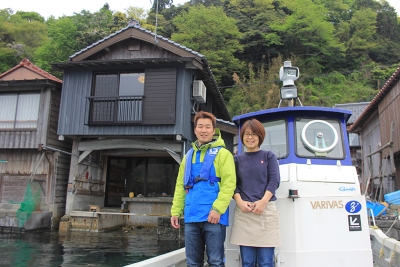
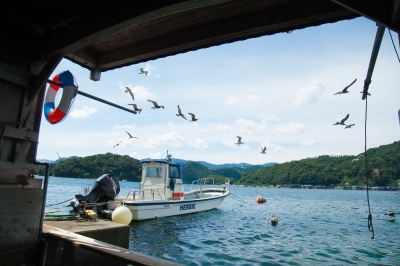
Chapter.04 Moving to Ine from Outside the Areaand Launching Businesses from a New Perspective
Cafe & BB Guri (guri means “fish reef”) was established as a place where travelers and locals can gather, just as fish gather on reefs in the ocean. It was set up in an old house built in 1952, and having been renovated to offer a modern yet relaxing atmosphere.
Representative Partner of GURI, LLC, Kazuhiro Toma first moved to Ine Town in 2017, and opened Cafe & BB Guri 18 months later.
Toru Kamei, head of the Ine Town chamber of commerce, offered his support to Toma from the outset: “Our mission at the chamber of commerce is to offer management support to individual establishments. That’s why our priority is to support the launch of new businesses.”
“I visited Ine for work in 2014, loved the area, and straight away thought about moving here. The chamber of commerce has helped me with various matters, such as subsidies and business management,” says Toma, who has already established his second venture, Real Estate Guri. On top of welcoming tourists to Cafe & BB Guri, Toma is now looking at welcoming new human resources to the area.
“For Ine Town to be able to change for the future, it’s paramount that we bring in people with new perspectives, but it’s also essential that these people have somewhere to live. I hope to make good use of the town’s vacant homes,” says Toma.
Of the chamber of commerce’s role, Kamei says, “In addition to attracting new people to the town, we also want to focus on bringing people back to Ine. To do so, however, we need to create new homes and renovate our funaya for two generations. I hope Toma can help us in this area.” Town housing in Ine Town is always close to full and there is almost no available real estate in circulation, including funaya. This means that even if people want to come and live in Ine Town, there is not much choice.
Toma says, “Having moved and spent some time living here, I realized that compared to big cities, there is a distinct lack of public services, be it in education, culture, and the arts. If we are to leave a sustainable town for the next generation, it will be important to bring in open and diverse mindsets and facilitate more interaction.” “If individual businesses can flourish, the whole area will flourish alongside them,” says Kamei. He continues, “At the chamber of commerce, we are committed to supporting every business that has a goal to help revitalize the town. Ultimately, we want to gradually increase the number of people like Toma who love the town and take action to help the town thrive.”
The two concluded earnestly as follows:
Whether it be funaya, the wishes of locals, their diverse ideas, or the many other charms of Ine Town, we would like to communicate these to the wider world and create a region that is bursting with new possibilities.
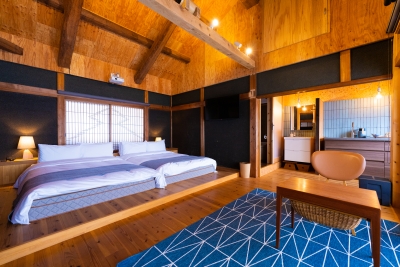
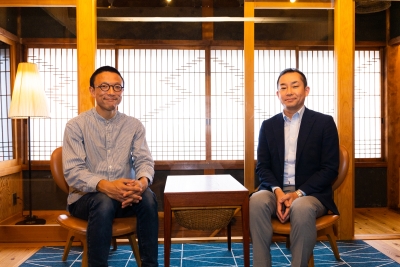
Unlike bustling tourist destinations, Ine Town offers guests the special chance to experience local life. By relaxing both body and mind and experiencing a unique time in Ine, you will fully enjoy the charms of the town, the sea, and the locals. Kengo Kagi of Kagiya expressed this experience the Ine Retreat.
In Ine Town, a virtuous cycle for sustainable development and the creation of new attractions by supporting the entire region so that each individual working for the sake of the town can maximize their abilities.
Written by・Takahiro Miura
Interview Date: Oct.5.2022
The content of this article is as of the interview date.


